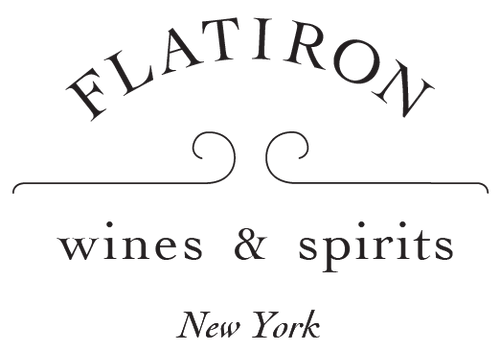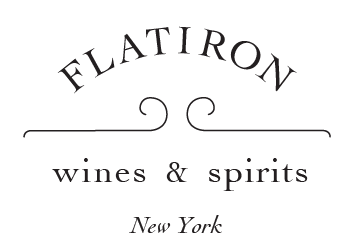Featured: The Cat's Out of the Baga!
Welcome back! As always, this Thursday we are featuring our favorite story from yesterday's Newsletter. You can receive our weekly newsletter direct to your inbox, with our very deepest discounts by signing up HERE. And, be sure to check back next week to read the extended story we chose to feature.
Today's Featured Wines: Baga From Casa de Saima.
Bairrada may be the greatest traditional wine region you’ve never heard of. Nestled between the mountains of the Dao and the Atlantic coast, it is a magical place for wine. Climate meets tradition: sea breezes, clay-limestone soils and old vines of a native grape – Baga.
Now, there’s a good chance you haven’t heard of “Baga” or at least haven’t looked into the grape too much. We hope today changes that for you. Wine lovers are likely to compare Baga to Pinot Noir or Nebbiolo, especially when they struggle to describe its singularity and unique charms.
But, back to the magical place: Bairrada gets very little press and is a relatively rare find on wine lists or shop shelves. We can only guess why that is, and frankly, it’s most likely a combination of many things. For instance, there aren’t a lot of growers bottling Baga in Bairrada. So, maybe without a critical mass of producers, importers aren’t drawn to promote the wines. Essentially, they just aren’t shown off around the US too much. It also probably hurts that Portugal’s dry wines don’t generally have the reputation of Spain’s, never mind France’s.
The wine can also be risky to make. The Baga grape is naturally very high in acid and needs a long ripening season to really do its thing. This means lots of waiting. But waiting to harvest on the coast means farmers risk losing a whole crop to bad, late-season weather (happened in ’14). So, many growers harvest earlier and sell their fruit to co-ops—Baga was even the backbone of Mateus rosé.
As we said before, Baga (meaning “berry” in Portugese) is often compared, interchangeably with Nebbiolo or Pinot Noir. Lately, we’ve noticed the trend of comparison is leaning more toward Pinot. Regardless, if you’re wanting to get started into the land of Baga, you shouldn’t hesitate! It is not unlike grapes that you are more familiar with. It’s quite agreeable and friendly.
Baga pairs well with pretty much anything you would typically pair with a good old world pinot: maybe suckling pig, or duck, maybe just a simple spread of mild cheeses. No need to be nervous! We’re confident that once you start pouring Baga at home and with friends, you’ll be surprised (as we were) by how quickly it becomes your nightly pick.
That's because when Baga is made right it is really, really good. And Graça Maria makes it right at her Casa de Saima. She has old vines (up to 70 years old) and farms them biodynamically. She ferments them in giant, old-fashioned, open-top lagares. Lagares are massive, shallow basins, often made stone or granite, often used in Portugese winemaking. Maria has some ambient yeast in her lagares.
Her wines have Baga’s signature purity in fruit, ranging from bright strawberry to deep cherry. They have the grape’s natural acidity, the limestone and clay soil’s deep complexity, and a subtle seasoning from the salt air. She, in other words, has been able to capture all the magic of the grape and region.
Bairrada’s Bagas are wines we love and we think are worth getting to know. We’ve shared them at free in-store tastings, but have been rather delinquent about featuring them in our newsletters. Maybe we’ve wanted to keep the secret of Baga for just a little longer, but that isn’t fair! We’re very happy to start righting that wrong by introducing two wines that highlight Baga’s range and special, delicious personality.
Expect more on Baga to be coming down the pipeline soon. You can sign up for our Newsletter to stay up to date, HERE. But, keep an eye on this blog as well!
Casa de Saima, Bairrada “Tonel 10,” 2018 $21.99
Strawberries, strawberries. Ruby-like. Some leathery earth. Very pretty, firm, straightforward, but very good. Stupidly good for the money. From 30-year-old vines. This is a wine that shows Baga’s pure and lovely face: the one we all compare to Pinot Noir when reaching (unsuccessfully) for an analogy.
Casa de Saima, Baga Garrafeira, 2015 $51.99
This is from older vines and shows it, with more depth, more complexity and much more of the mineral signature (hinting at smoke, almost like Chablis). This is the face of Baga that people sometimes compare to Nebbiolo.

